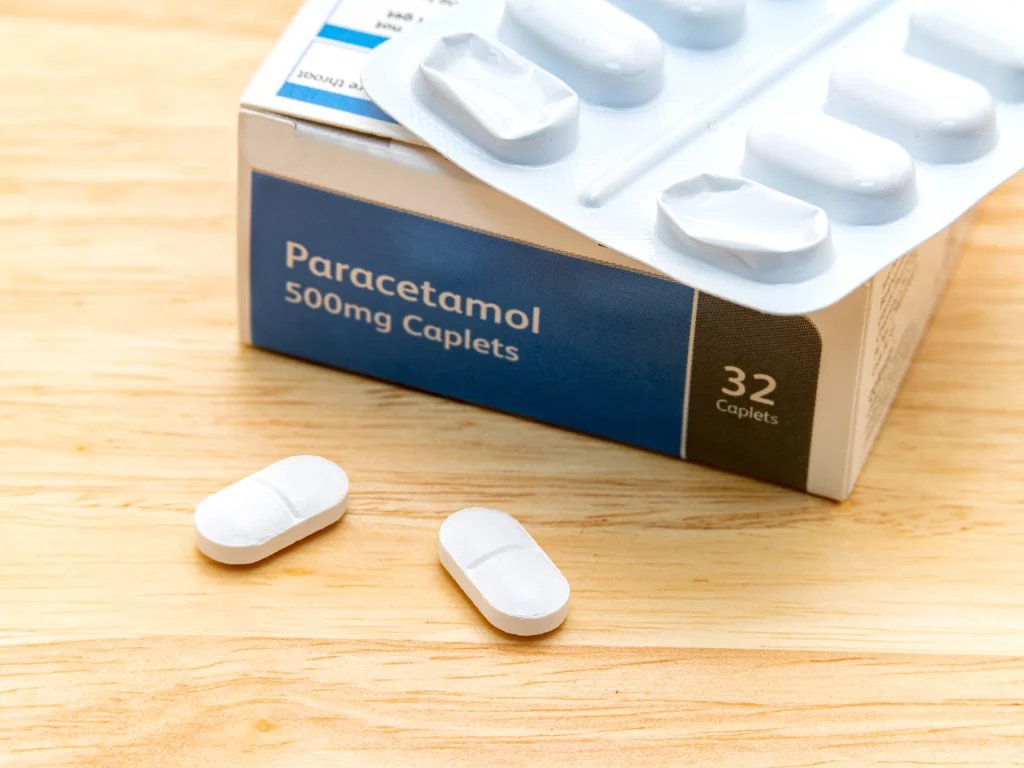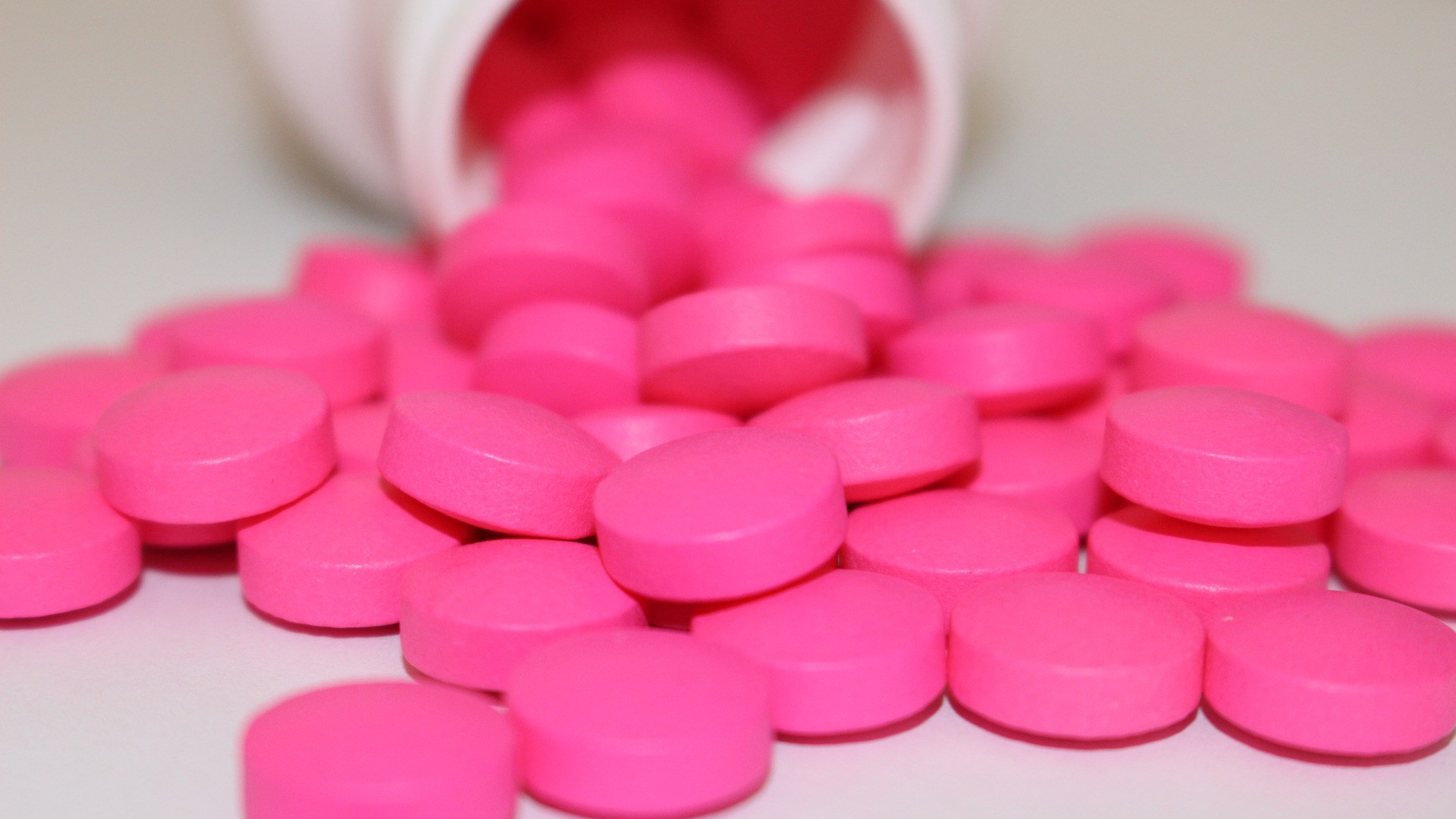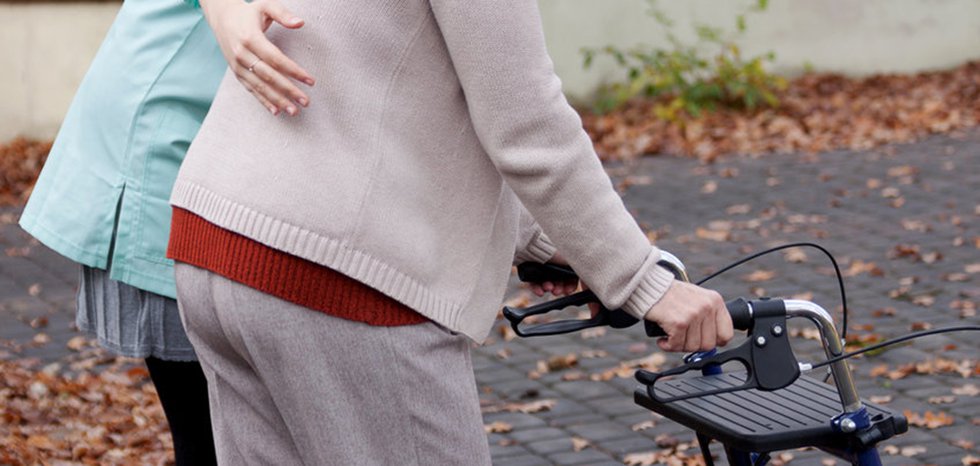Yes, you can typically take hayfever tablets (antihistamines or corticosteroids) with paracetamol. They serve different purposes hayfever tablets relieve allergy symptoms like sneezing and runny nose, while paracetamol is a pain reliever.
However, it’s crucial to follow recommended dosages, be cautious about potential drowsiness when combining medications, and consider consulting a healthcare professional if you have concerns or underlying health conditions.
In this discussion, you will explore the compatibility of hayfever tablets and paracetamol, offering insights to help you make informed decisions about their combined use.
What is hay fever?

Hay fever is a common allergy that affects many people in the UK. It’s like an allergic reaction to pollen, which is the fine powder from flowers, plants, and trees that floats in the air, especially during spring and summer.
Moreover, if you have hay fever, your body thinks pollen is a troublemaker, so it triggers an immune response. This makes the lining of your nose and eyes swell and release chemicals to protect you from what it sees as a threat. This can lead to symptoms like sneezing, a runny nose, and itchy eyes.
Common hay fever symptoms
Common hay fever symptoms are a result of the immune response, affecting the nose, throat, and eyes, which share interconnected tubes. These symptoms include:
- Runny nose.
- Itchy nose.
- Blocked nose.
- Itchy throat.
- Itchy eyes.
- Watery eyes.
- Sneezing.
- Exacerbation of asthma symptoms, including breathlessness and wheezing for individuals with asthma, as hay fever can worsen their condition.
The Importance of Hay Fever Tablets
- Effective Symptom Relief: Hay fever tablets, known as antihistamines, are a fast-acting and highly effective solution for alleviating most hay fever symptoms. They work by blocking the body’s immune response to pollen, particularly the release of histamine, which triggers these symptoms.
- Improved Quality of Life: Many individuals with it experience disruptions in their daily lives due to symptoms. Hay fever tablets can help enhance the quality of life by addressing issues like sleep disturbances, tiredness, irritability, and practical problems.
- Protection Against Infection: Untreated hay fever, or allergic rhinitis, can cause mucus in the nose to stagnate, increasing the risk of infections.
- Protection Against Asthma: For people with asthma, unmanaged by it can worsen their condition. Moreover, inhaling pollen into the lungs can also increase the risk of developing asthma.
Both conditions often coexist, with a significant percentage of patients having both allergic rhinitis and asthma. Therefore, treating it is essential to safeguard against the worsening of asthma and potential asthma development
When to Begin Taking Hay Fever Tablets
Hay fever tablets are most effective when used as a preventive measure in addition to immediate symptom relief. If you’re a regular hay fever sufferer and know the season when your symptoms usually start, it’s advisable to commence taking hay fever tablets in advance.
Margaret Kelman suggests beginning this regimen ideally one to two weeks before the hay fever season, although predicting this precisely can be challenging.
In addition, this proactive approach is crucial because once your allergic response to pollen is triggered, it becomes more challenging to control. A cascade of inflammatory cells heads to your nose where the pollen is causing the irritation, leading to worsening symptoms.
Starting antihistamines, such as hay fever tablets, a few weeks in advance effectively helps block this reaction before it commences. For some individuals, this proactive approach may even prevent symptoms entirely, while for others, it can, at the very least, reduce discomfort and potentially lower the risk of an asthma exacerbation.
Paracetamol
It also known as acetaminophen in some regions, is a widely used over-the-counter medication for relieving pain and reducing fever. It comes in various forms, including tablets, capsules, liquid suspensions, and suppositories, making it easily accessible to a variety of users.
Key points about paracetamol:
Pain Relief and Fever Reduction: Paracetamol is primarily employed to alleviate different types of pain, such as headaches, muscle aches, toothaches, and discomfort associated with conditions like arthritis. It’s also effective in reducing fever during illnesses.
Mechanism of Action: While the precise mechanism isn’t fully understood, it’s believed that it works by reducing the production of prostaglandins in the brain, which are substances that contribute to pain and fever.
Dosage and Usage: Proper usage involves adhering to the recommended dosage instructions on the product’s packaging or as advised by a healthcare provider. It’s essential not to exceed the recommended dose to avoid potential adverse effects, especially on the liver.
Safety and Precautions: Further, it is generally considered safe when taken within the recommended dose. However, individuals with preexisting liver conditions, a history of heavy alcohol consumption, or those taking specific medications should consult a healthcare professional before use. It’s also crucial to avoid taking multiple products containing paracetamol simultaneously to prevent accidental overdose.
Potential Side Effects: While most people tolerate paracetamol well, some may experience mild side effects, such as nausea or stomach discomfort.
Interactions with Other Medications: It can interact with certain medications, making it important to consult a healthcare provider to ensure its safe use alongside other drugs.
Special Considerations: Generally considered safe for use by pregnant or breastfeeding individuals with guidance from a healthcare provider. Children’s paracetamol formulations are available and should be administered following age-specific dosing recommendations.
Over-the-Counter Availability: Lastly, it is widely accessible without a prescription and is a common ingredient in many over-the-counter pain relief medications.
Combining Hayfever Tablets with Paracetamol

| Aspect | Information |
| Rationale for Combining | – Hayfever tablets alleviate allergy symptoms like sneezing, runny nose, and itchy eyes. – Paracetamol is a pain reliever used for various types of pain. |
| Potential Drug Interactions | – Some hayfever tablets contain antihistamines that may cause drowsiness. – Combining with paracetamol can amplify sedative effects, affecting tasks like driving. – Risk of side effects like dry mouth and blurred vision may increase. |
| Dosage and Timing | – Follow recommended dosages for both medications. – Consider spacing them out (e.g., hayfever tablets in the morning, paracetamol in the evening) to minimize interactions. |
| Individual Differences | – People react differently to medications, so monitor your body’s response and adjust as needed. |
| Consulting a Healthcare Professional | – If you have concerns or underlying health conditions, seek professional guidance for personalized advice. – Consider alternative medications or treatments if safer or more effective. |
| Situations Requiring Caution | – Pregnant or breastfeeding individuals should consult a healthcare provider before combining medications. – Those with liver or kidney conditions should be mindful of paracetamol use. |
| Overdose Risk | – Combining medications increases the risk of accidental overdose, so closely monitor your overall intake. |
| Alcohol and Medication | – Alcohol can intensify sedative effects; it’s wise to limit or avoid alcohol consumption when taking these medications. |
FAQ’s
How many hay fever tablets can I take?
You can typically take one hay fever tablet per day during the hay fever season. Antihistamines are generally safe, and exceeding the recommended dose is unlikely to cause harm. However, taking them once a day can help prevent short-term side effects like drowsiness, headaches, and dry mouth. Non-sedating antihistamines are suitable for long-term use during spring and summer.
Can you have paracetamol with hay fever tablets?
Yes, it’s safe to combine hay fever tablets with paracetamol. But if you’re regularly taking other medications, consult a pharmacist to ensure there are no interactions that could reduce their effectiveness or cause side effects.
Can you take hay fever tablets while pregnant?
It’s advisable to consult your healthcare provider when considering hay fever tablets during pregnancy. Some may recommend non-sedating antihistamines, but there’s limited evidence of harm or complete safety during pregnancy. Seek professional guidance.
Which hay fever tablets make you drowsy?
Drowsy antihistamines, known as sedating histamines, can make 10-50% of people feel excessively tired and groggy. Examples include Chlorphenamine, Cinnarizine, Diphenhydramine, and Hydroxyzine. Non-sedating hay fever tablets, such as Loratadine, Cetirizine, Fexofenadine, and Acrivastine, are recommended for reduced drowsiness and longer-lasting protection. Note that both types carry some risk of drowsiness, affecting driving ability, and the effects may be enhanced with alcohol.
Can you take hay fever tablets with other medication?
Yes, Speak to a pharmacist or GP before combining antihistamines with other medicines, as there may be risks of interactions that affect effectiveness or increase side effects.
Can I take paracetamol with an allergy?
Yes, Avoid taking paracetamol if you’ve had an allergic reaction to it in the past.
Is paracetamol an antihistamine?
No, Paracetamol is a painkiller, while diphenhydramine hydrochloride is an antihistamine that may cause drowsiness, useful when pain keeps you awake.
Can I take 2 hayfever tablets instead of one?
No, Do NOT double up or take antihistamines sooner than instructed. Consult your doctor or pharmacist for effective allergy symptom management.
Is it okay to take 2 hayfever tablets a day?
No, A slight overdose may not be serious, but larger overdoses, especially in children or older adults, can lead to severe symptoms.
What is the strongest hayfever tablet?
Fexofenadine is a potent antihistamine available in different strengths. The usual dose for treating hay fever is 120mg once a day for adults and children aged 12 years and over.
What Cannot be taken with paracetamol?
Paracetamol can generally be taken with ibuprofen, naproxen, aspirin, or codeine but should not be taken with co-codamol, co-dydramol, or Tramacet as they contain paracetamol. Consult your doctor before combining it with other prescribed painkillers that do not contain paracetamol.
Final Words
In simple terms, it’s generally okay to use hayfever tablets and paracetamol together because they serve different purposes. Hayfever tablets help with allergy symptoms, while paracetamol is a pain reliever.
But remember, always use them as directed, watch out for possible side effects, and be cautious if they make you drowsy. If you have questions or health concerns, it’s a good idea to check with a healthcare professional. Your well-being should be the top priority when taking these medications.










